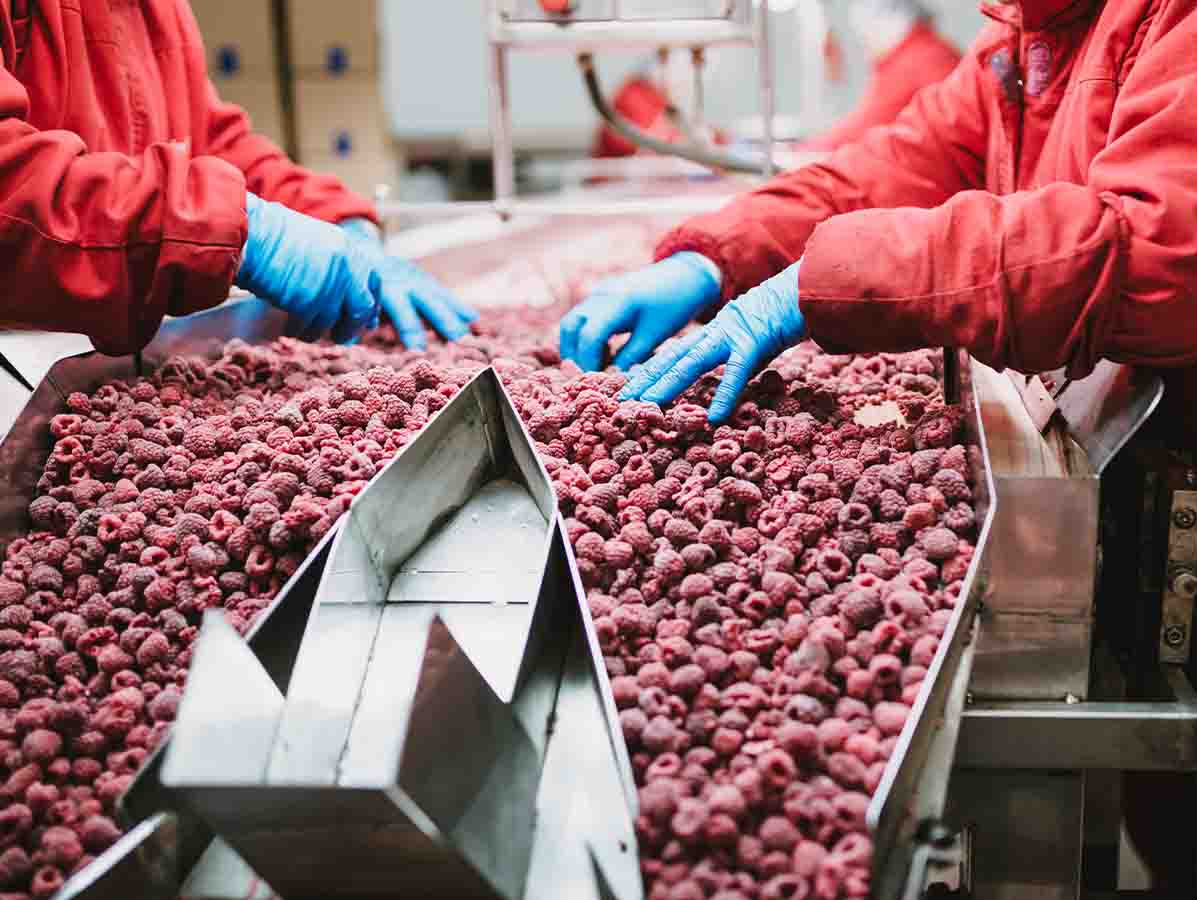
Production growth in the food industry is expected to come to a halt in 2023. Entrepreneurs are anticipating a change in the pricing landscape, with the once dominant wave of price increases appearing to subside. However, the upward trend in costs is putting pressure on industry profitability.
Inflation has reduced demand for A-brand products and there has been a shift to private label products and purchases from discounters. As a result, many prominent manufacturers are reporting a decline in their production volumes, while private brand producers are still experiencing growth.
Thijs Geijer, Sector Economist Food at ING: "For 2024, we foresee only limited growth in production. Despite declining inflation, economic growth expectations in the Netherlands and Europe are poor. Moreover, it is becoming increasingly difficult for sectors such as dairy and meat to grow because of the targeted decline in livestock farming."
A major concern is profitability. The shift in consumer behavior and the challenge for smaller producers to fully pass on their increased costs has reduced profitability. Companies are trying to maintain or improve profit margins and are looking for ways to operate more efficiently, such as by streamlining their product range.
The food industry faces several challenges: from the energy crisis and higher costs to the need for sustainability and healthier food options. Making the industry more efficient is essential. While some of the increased costs will be passed on, many companies will have to absorb some of the pressure on their margins themselves. Solutions such as digitization and automation are crucial, but finding qualified staff in a tight labor market is a significant challenge.
Source: ING